Psychological Menu Tricks
9:00 am in Daily Bulletin
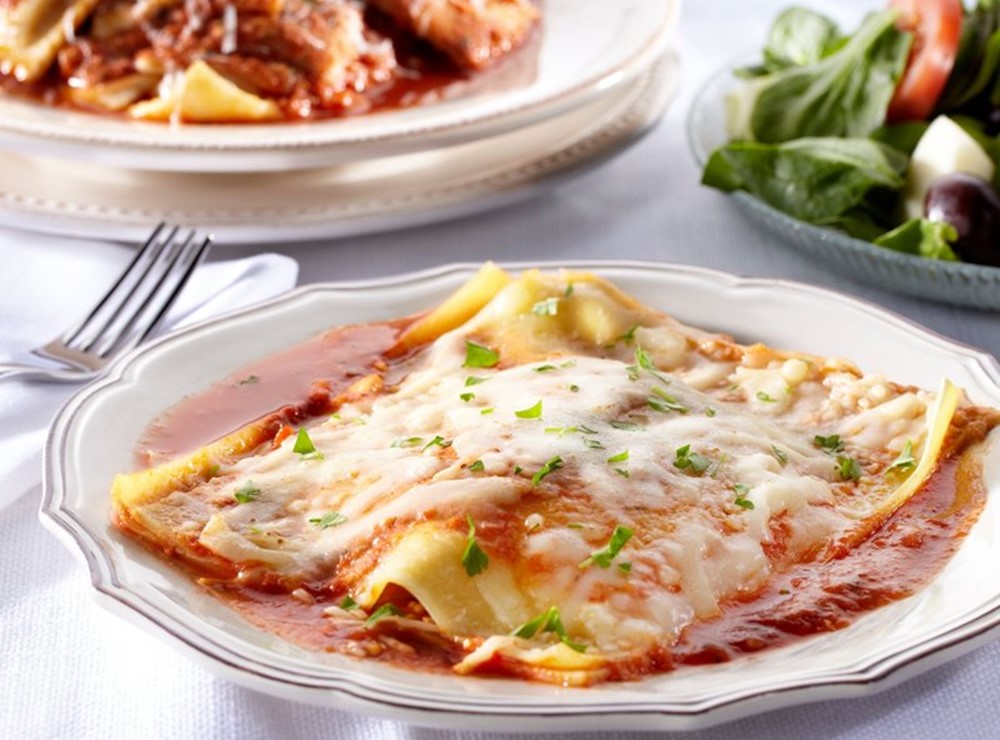
In the latest edition to our ongoing series on restaurant menu secrets, Jessica Hullinger wrote about some of the psychological tricks that restaurants use to boost sales:
- Customers get uncomfortable if they’re presented with too many choices. The golden number of options per category of food (appetizers, entrées etc.) seems to be about seven.
- Pictures boost sales of menu items by as much as 70%.
- However pictures also lower the perceived quality of the food – which is why high end restaurants rarely have photos on their menus.
- The price “$12.00” on a menu is far less appealing than simply “12”.
- Menus may often open with an expensive item – say a $100 lobster – to make a $70 item later on in the menu seem affordable.
- The most profitable items are strategically placed in the top right corner of the menu, since that’s where people look first.
- Profitable items might also be put in a box on their own to draw attention to it.
- Longer descriptions of food boost sales, in part because patrons think they’re getting more for their money.
Read about the colour schemes that menus use, the power of nostalgia, and more over here.
Source: Mental Floss
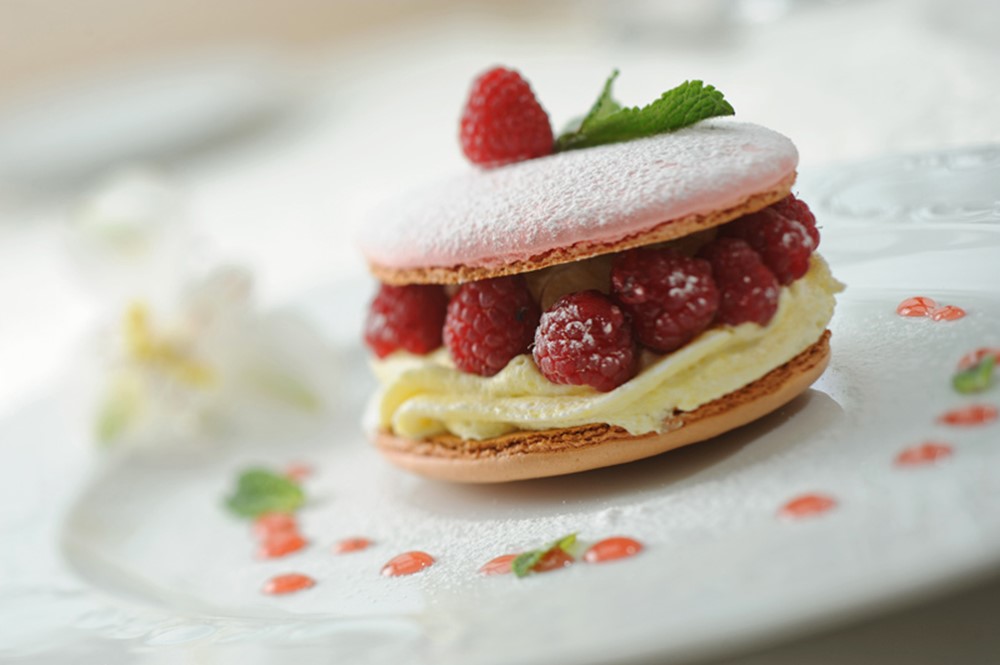
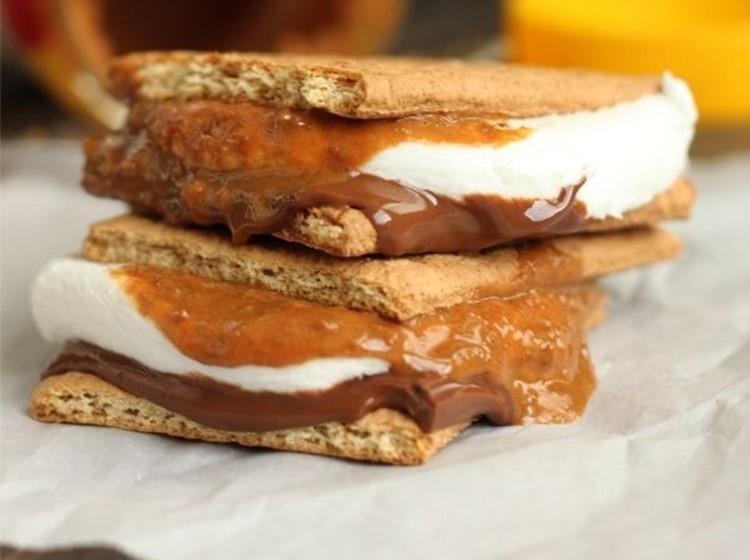
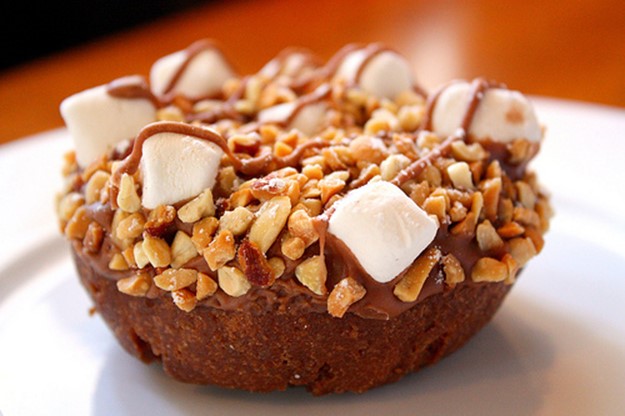
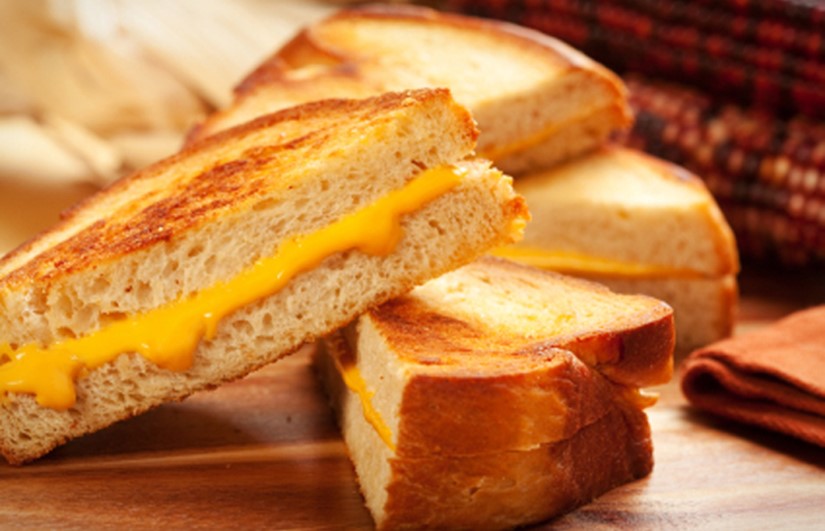

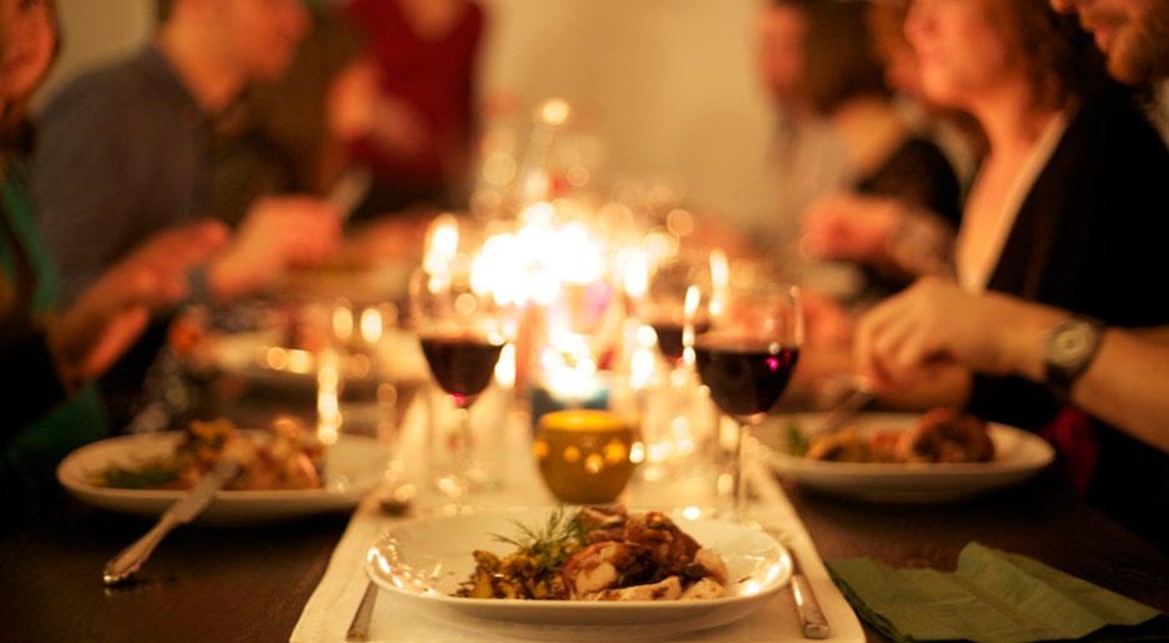

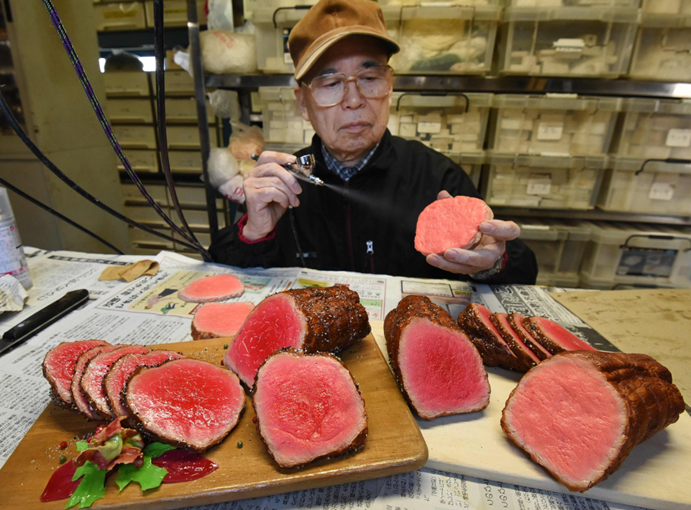
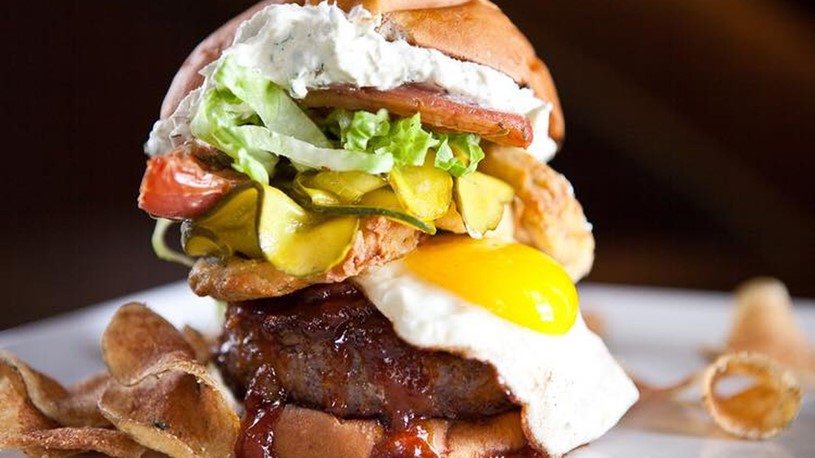
Join the Discussion! (No Signup Required)